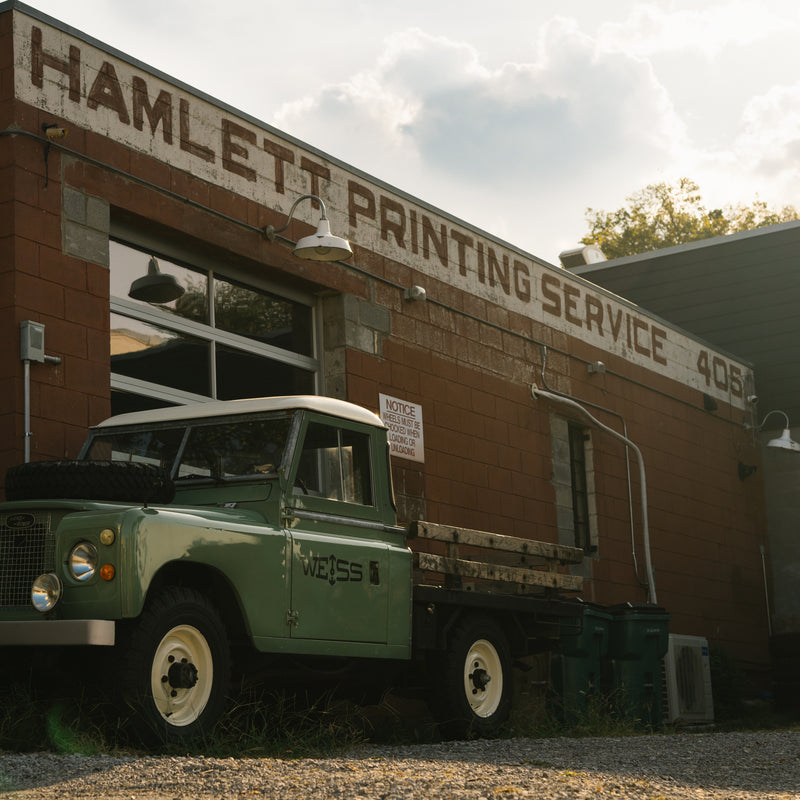There are a few tools you'll find in every watchmaker's workshop across the world, and one of those tools is called a staking set. It almost looks mysterious because there are so many different pieces, making it hard to tell what a staking set actually does, what it's used for, and why it’s an essential tool for a watchmaker.
Staking sets aren't just for watchmakers, but the version used by watchmakers is particularly small because the components we work on are very tiny. A watchmaker’s staking set includes anvils with tiny holes, some less than a millimeter in diameter, and tiny hand hammers that are used to apply very fine pressure. In industries like automotive manufacturing, you'll find staking tools that are much larger, with heavier hammers and greater force. However, the purpose remains the same: to move metal parts, join metal parts together, and do so in a way that everything remains square and precise.
The staking tool starts with the body, which holds a stake up top, completely perpendicular to an anvil at the bottom. This setup ensures that when we perform tasks like riveting, drilling, assembling, pressing, or pushing, everything is done at a 90-degree angle, maintaining the precision needed in watchmaking. If the axle of a wheel is even slightly off, the watch may stop running or never run at all, so this precision is crucial.
Staking tools are abundant and can often be found on eBay or in estate sales because every watchmaker has one. However, to be usable today, you need to verify that every stake and anvil is perfectly perpendicular, ensuring a perfect 90-degree angle from the base to the stake. As long as you have that, you can perform any task you need with a staking tool.
Watchmakers often customize their own stakes and anvils depending on the work they do regularly. While general sets are available, special tasks may require modifying general tools or even creating custom stakes and anvils on a watchmaker's lathe.
A similar tool is the jewel-setting tool, which looks very much like a staking set but has micrometric adjustments to press jewels squarely into main plates and bridges, ensuring they are centered properly. This precision is essential for the watch to run correctly.
In my workshop, I use a staking set for tasks like riveting, pairing the axle of a wheel to the wheel by joining a brass part and a steel part together. I also use it for reaming certain holes for jewels or deforming material to hold a jewel tightly in place if the jewel hole is slightly too large. The staking set ensures that everything remains square and the integrity of the part is maintained.
Within a simple mechanical wristwatch, there are at least 100 pieces, many of which are subassemblies. These subassemblies are made and assembled prior to the final assembly and may include tasks like riveting a wheel to a pinion or pressing a pin into a bridge. Some parts are so small they're smaller than a grain of rice, so the precision of the staking set is essential.
Stakes and anvils are made of hardened steel, ensuring they are harder than the materials being worked on and won’t deform during use. However, there are softer anvils and stakes available for disassembly tasks, preventing damage to the parts.
Stakes can also be used for cutting, such as reaming, drilling, milling, or chamfering. A good staking set will have well over 100 pieces and can be used in a wide variety of ways. These are just a few examples of how we use the staking set in the watchmaking workshop. Its versatility and endless possibilities make it one of the most interesting tools in the workshop.
